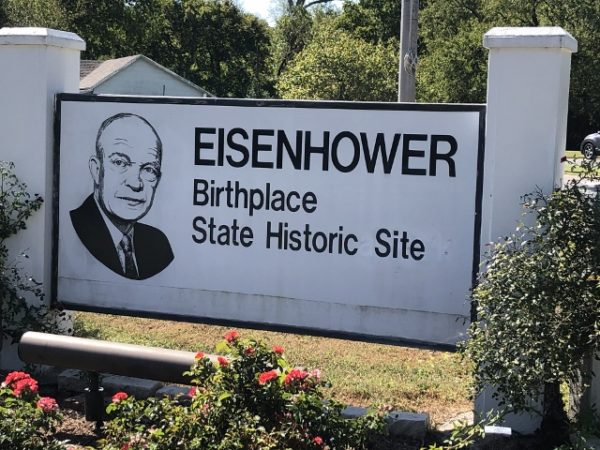
How do you ramble in the midst of a pandemic? For me, it’s finding uncrowded outdoor spaces. Dallas summer heat adds to the challenge, but, with a little pre-planning, Dallas Arboretum suits. The quintessential garden reopened to the public June 1. Though some areas, like the Rory Meyer Children’s Adventure Garden remain closed, much of the Dallas Arboretum is open for a leisurely stroll and even a picnic. Best part, the garden is ablaze with color from blooming annuals.

What’s Changed
Pre-purchased tickets, procured by phone or online are needed for entrance …even for Arboretum members. The timed reservation allocates four hours garden admission to the ticketholder. I reserved online, printed my tickets at home, and swapped them at the entrance for color-coded wrist bands. While the garden recommends wearing masks, almost all visitors dispensed with face coverings once inside the grounds. Everyone was respectful of social distancing. Please note, however, masks are required in public restrooms.
Not all gardens are open. The tram isn’t running. What is available is a mile loop around the garden. To prevent crowding, the trail is directional, with arrows and signage guiding visitors. I thought I’d find this too limiting. It wasn’t. The loop takes you along the entire perimeter of the Arboretum and includes the Woman’s Garden. Much of the route meanders through shade and past water features, a wonderful respite from the heat.
Seward Johnson Summer Sculpture
You won’t find the seasonal playhouses for children that graced the Dallas Arboretum in previous summers. What you will find are twenty-five, bronze statues from Seward Johnson’s Celebrating the Familiar. When I spied the first statue, I mistook it for an actual person. Johnson’s art are life-sized sculptures ‘dressed’ in painted bronze … almost like store manikins. Most had me taking another look to determine if it was a garden visitor or a Seward Johnson sculpture, like the young girl sitting on the park bench with a rabbit in her lap. The exhibit opens on June 22, though most of the sculptures were already in position during my visit this week.

Seward Johnson, grandson to a Johnson & Johnson founder, died at 89 this past March. His sculptures have been described as ‘hyperreal’ and some art critics consider them ‘kitsch.’ I found them delightful snippets of everyday life and a treat to discover during my garden walk.
Consider a Membership
Timing is everything. If you want to beat Dallas heat, the earlier in the day you visit, the more pleasant the experience. The Dallas Arboretum opens at 9 am. Through November, however, Arboretum members can reserve a 7 to 11 am admission ticket. The early entry option is a wonderful perk with even fewer people around, and best of all, less heat to contend with. My family’s favorite is early admission, walk, and then a breakfast picnic. Members have an additional option to enjoy a twilight garden walk, Thursdays from 4 to 8 pm.
Picnic
Unlike other formal gardens, the Dallas Arboretum encourages picnicking. Under the current reopening, dining locations are limited. I strongly urge bringing your own food and drink. There is a water refill station at the main entrance, but other drinking fountains are not available. During our visit, we found folks using benches, ubiquitously located along the pathway, for al fresco dining. Magnolia Glade offers tables under massive trees. My favorite spot, the cabanas at Three Sisters Overlook, even has rotating fans to cool you off.

When you go The Dallas Arboretum is located at 8525 Garland Road, Dallas. Garden admission is daily 9 am to 5 pm. Pre-purchase tickets by phone at (214) 515-6615 or online. Seward Johnson’s Celebrating the Familiar will be on display June 22 through July 17. As Dallas Arboretum reopens to the public, expect changes. Please consult their website for the latest updates and guidance. Virtual garden tours are also available right from your home computer.










